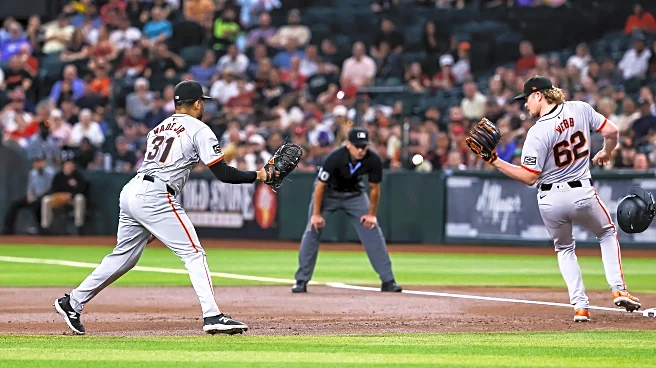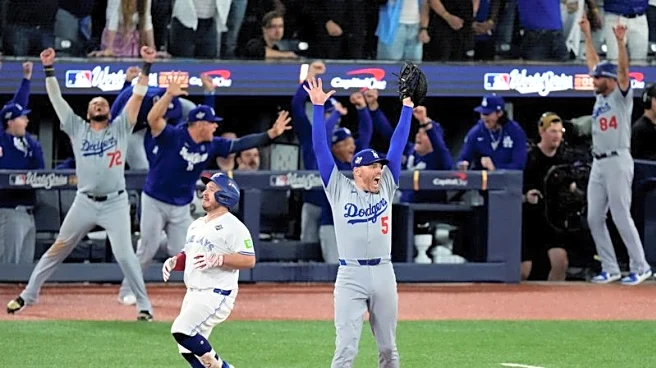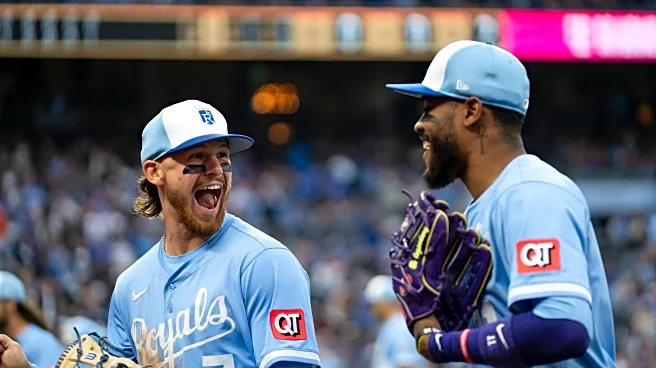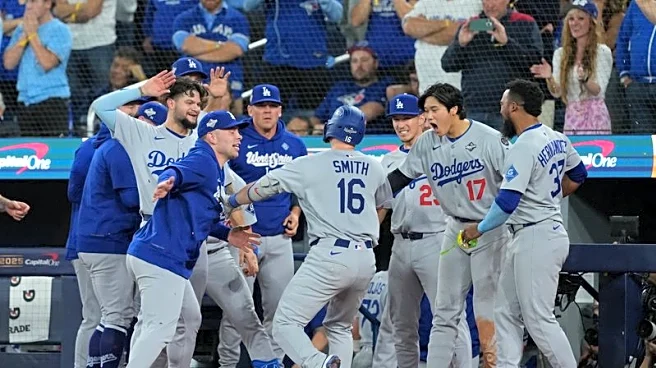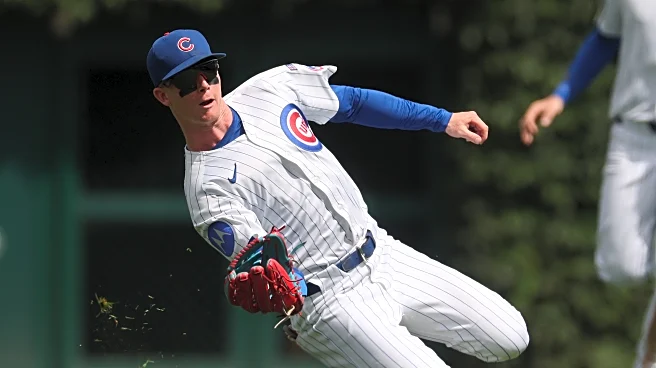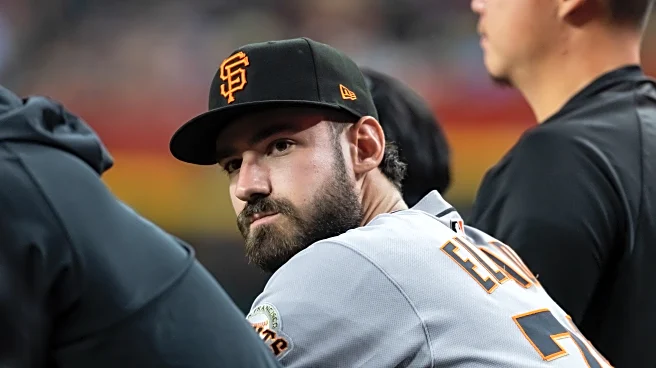Logan Webb doesn’t take himself too seriously as a defender. He joked after the news broke that he had received his first Gold Glove Award by saying “if I can win it, anybody can win it.”
Webb, who relies
on his catcher to finesse a lot of border-line pitches or the four infielders behind him to mop up ground-ball after ground-ball, gets it. He knows what good defense looks like, and what he does really doesn’t compare.
Fielding is something more often forced upon pitchers than anything else. Even for a “blue-collar” arm like Webb, compared to the rest of the position players, pitchers are undoubtedly the divas of the diamond. Everything in baseball moves through them — and they know it. They are demi-gods burdened with a sacred responsibility. Any task other than delivering the white orb feels beneath them. Bending down to pick-up a slow roller, covering first, having to come down off the mound at all is to slum it. Enthroned on their hill at the center of the field, they demand attention, relishing the fact that the action of the game does not start until they decide. Once they release the ball, it’s literally and figuratively “out of their hands.” The batted ball is rarely their responsibility. Even a pop-up, set to land basically at their feet, is off-limits. We saw this in Game 3 of the World Series when Freddie Freeman was forced to rush his 36 year old bones 75 feet across the infield to catch a flyball that would’ve required the 27 year old Yoshinobu Yamamoto to move a couple feet to his left. Freeman overran it, the hitter reached first and the error sparked a 15-run rally that steamrolled LA’s spirits, the team waved their white flags in defeat and forfeited the championship.
“Fielding” is just not part of their job description. Do we care if a pitcher is a bad fielder? Absolutely not — but its certainly problematic if you have all-thumbs shortstop. Deficiencies in an infielder are hard to miss due to sheer volume. Matt Chapman logged 330 fielding chances at third last year. Willy Adames more than 600. A full time first baseman, responsible for managing throws from all over the infield, total chances tally could exceed 1,000 in a season.
Logan Webb’s total fielding chances in 2025: 42 (with one error) over 207 innings with 856 batters faced and 3,282 pitches thrown.
[To be fair, while 42 is not a large sample size, it works out to be 0.2 chances to participate in an out per inning. That rate isn’t that much lower than outfielders Heliot Ramos’s 0.22 chances per inning (298 chances/ 1332 Inn.), or Jung Hoo Lee’s 0.25 chances (325/1275)]
Webb’s 34 assists led the National League, which makes sense considering his ability to coax contact directed into the ground. His Gold Glove highlight video is packed with pitches batted directly into the dirt in front of home plate, producing sharp hoppers that Webb webs with a reflexive shot of the arm. Is it skill? Is it chance? Is it self-defense? Does it matter? For the most part, the fielding work of a pitcher doesn’t necessarily boast skill like a third baseman’s barehanded pick, or a shortstop’s horizontal dive up the middle.
Bagging those hard-hit come-backers — that’s serious work. Compare that task with an outfielder tracking down a flyball. They have time and distance in their favor, hundreds of feet to size up the flying rock, chase it down, and meet it at an advantageous point. With that in mind, we can appreciate the vulnerable position a pitcher is in, standing just 60 feet 6 inches from the plate (and much closer after their release). How uniquely susceptible and exposed he is to the physics of a line-drive. A terrifying transfer of energy takes place right in front of their face: an object delivered at 90 MPH, when met with a quick stick, can be sent right back where it came from at a hairy 100 MPH. There is no time to think, to judge. It’s beyond fielding, or even seeing sometimes — it’s just reacting.
Webb’s best example of this wasn’t the most extreme example of this. The bat slowed the pitch down, an 88 MPH heat-seeker, still hot enough to hurt. You can see Webb recognize the danger immediately. His head bails while the glove goes to protect the throwing elbow and… oh look, there’s the baseball.
But those kinds of blood-pumping put-outs are few and far between. The majority of Webb’s top-plays, like most pitchers’ defensive highlight videos, are barely interesting. There’s a lot of glove-checking to see if the baseball is actually in there, some very intentional underhand tosses, a decent amount of clumsiness coming off the mound. A guitarist revving power chords over a drummer crashing their cymbals through your speakers as Webb frantically covers first, blindly searching for the edge of the bag with his toe, wouldn’t be my first music choice, but it does make for an weirdly amped, and hilarious, montage.
As Sean points out, the award isn’t just about converting chances, it’s about controlling the run game. A skill that Webb improved greatly after his 2024 season — yet sadly doesn’t translate particularly well to video.
Now that would be a reel: a heavy metal soundtrack, pulsing frames as Webb, in slow-motion, varies his looks over to first…
